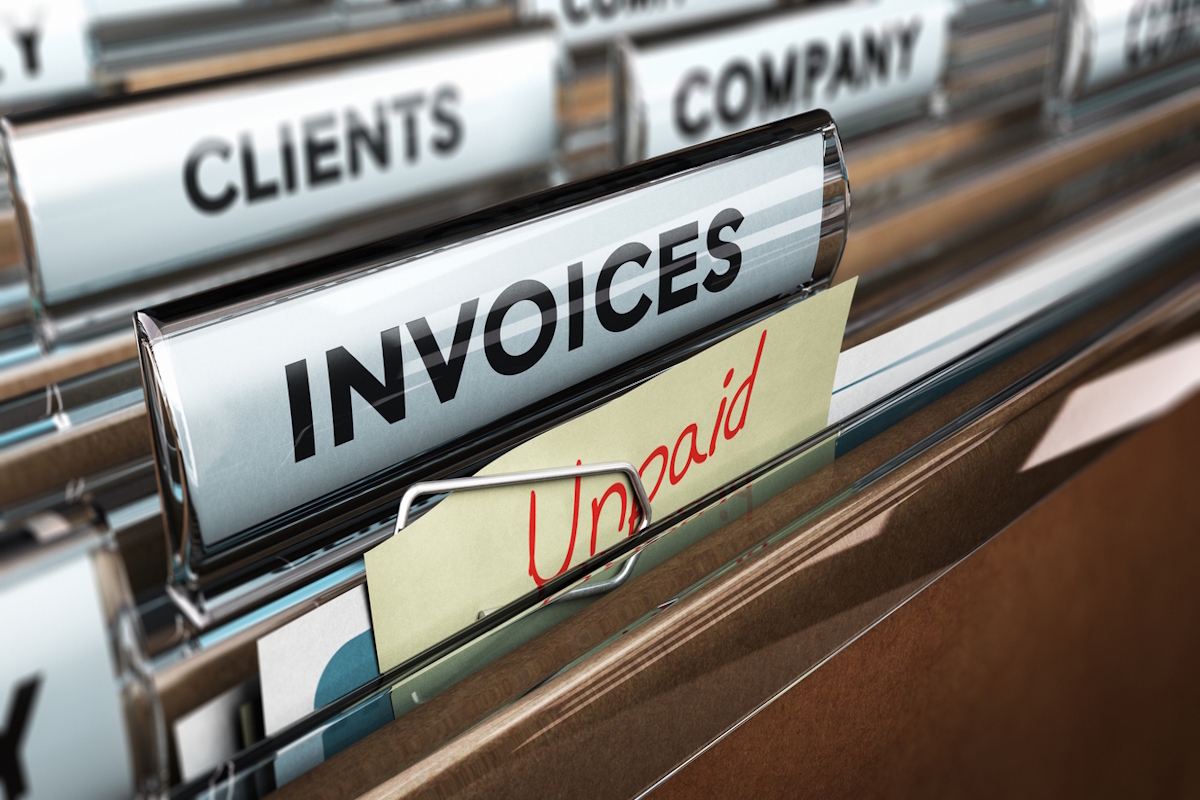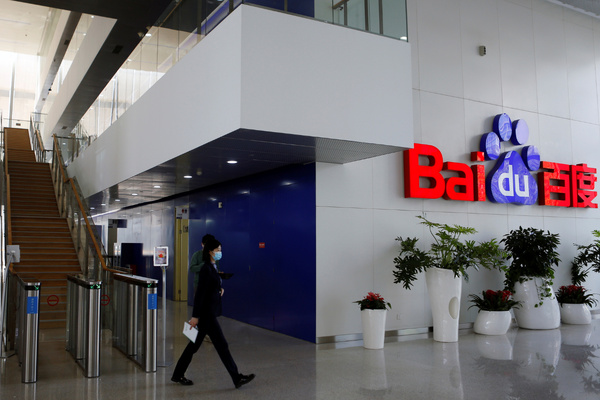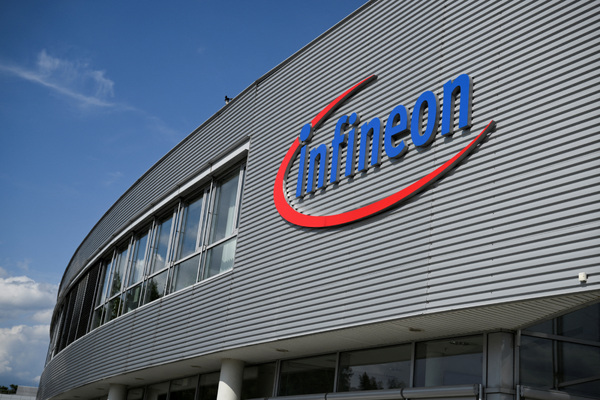Minimising late payments

Henry Helgeson at BlueSnap argues that automation is the key to getting paid on time
Not getting paid on time is a sombre reality for 55% of UK businesses. A recent survey found these businesses held outstanding invoices from the previous tax year, while the same study revealed a 20% increase in companies reporting average payment times of more than 80 days. Late payments are keeping businesses awake at night.
There is no doubt that the rapid digitalisation of today’s businesses is helping to reduce late payments, but all is not well yet. Organisations still rely on legacy payment and accounting systems, leading to inadequate reporting and reconciliation, inefficiencies, and technical debt, which makes it hard to cope with evolving regulations and tax obligations, especially among liquidity challenges.
Behind this setting of slow payment modernisation, the Financial Conduct Authority (FCA) is considering removing the UK’s £100 contactless payment limit. This will potentially allow unlimited contactless transactions and more autonomous accounting processes. But should this proceed without businesses and governments effectively modernising their financial infrastructure, the reconciliation of both old and new payment methods is going to feature heavily in the nightmares of CFOs and financial controllers alike.
While future policy changes will help the cause, businesses need to focus on what they can do today to manage late payments. Luckily, there are numerous small improvements available to businesses that can dramatically help them receive their money on time.
Leveraging payment technology
Following up on late payments is often chaotic due to limited invoice visibility, forcing finance teams into payment chases. When unresolved invoices pile up, businesses experience delays in revenue recognition, strained cross-team coordination, and potential compliance risks.
Modern payment technologies provide real-time insights into outstanding invoices, enabling businesses to identify overdue payments sooner, automate reminders, and streamline dispute resolution. By leveraging digital invoicing and automated reconciliation, finance teams can proactively manage inbound payments and have accurate visibility over cash inflows.
This shift not only reduces financial bottlenecks but also frees up sales and customer success teams to focus on growth rather than chasing late payments.
Enhancing cash flow management
Late payments impact cash flow. But foresight is key to managing cash flow concerns. For UK businesses looking to reduce the stress, year-round expense tracking enables a consolidated, real-time view of cash flow trends, helping finance teams anticipate liquidity needs well in advance.
While automated payment technologies significantly reduce manual errors, categorise expenditures, and provide real-time reporting, businesses can also enhance cash flow management through process improvements. Strategies may include:
- Establishing strict expense policies with clear categories and approval processes.
- Implementing corporate purchasing cards to track expenses consistently.
- Negotiating long-term supplier contracts with fixed pricing to improve cost predictability.
Additionally, maintaining a cash reserve safety net ensures businesses can meet financial obligations – such as tax payments, bonuses, and supplier invoices – without relying on external funding. By reducing dependence on last-minute capital injections or short-term debt, businesses maintain financial flexibility and avoid high borrowing costs.
No-fuss global invoicing
For businesses operating in multiple countries, simplified invoicing is essential to manage varied compliance requirements and payment methods, and promote cash flow. A 360-degree view of revenue and sales data ensures accurate reporting and reconciliation, reducing liquidity constraints.
Beyond modern payment technologies, businesses can streamline global invoicing by:
- Using standardised methods to track inflows and outflows by region.
- Automating reminders to avoid resources being wasted in repeated follow-ups
- Accepting payments in regional currencies
In the end, a digital approach only brings good news – better compliance, less administrative burden, and more time and resources to focus on growth rather than payment follow-ups.
And it’s not difficult to streamline year-end financial processes either. Companies that embrace automation, refine their invoice management, and adopt smarter cash flow practices also beat tax-time panic.
In today’s world of increasing business and political uncertainty, most businesses simply can’t afford to wait for late payments or for their own legacy systems to catch up with the tools available in new payment technologies. Your company deserves to get paid on time, and it’s up to you to embrace the technology to make that happen.
Henry Helgeson is CEO at BlueSnap
Main image courtesy of iStockPhoto.com and olm26250

Business Reporter Team
You may also like
Most Viewed
Winston House, 3rd Floor, Units 306-309, 2-4 Dollis Park, London, N3 1HF
23-29 Hendon Lane, London, N3 1RT
020 8349 4363
© 2025, Lyonsdown Limited. Business Reporter® is a registered trademark of Lyonsdown Ltd. VAT registration number: 830519543





